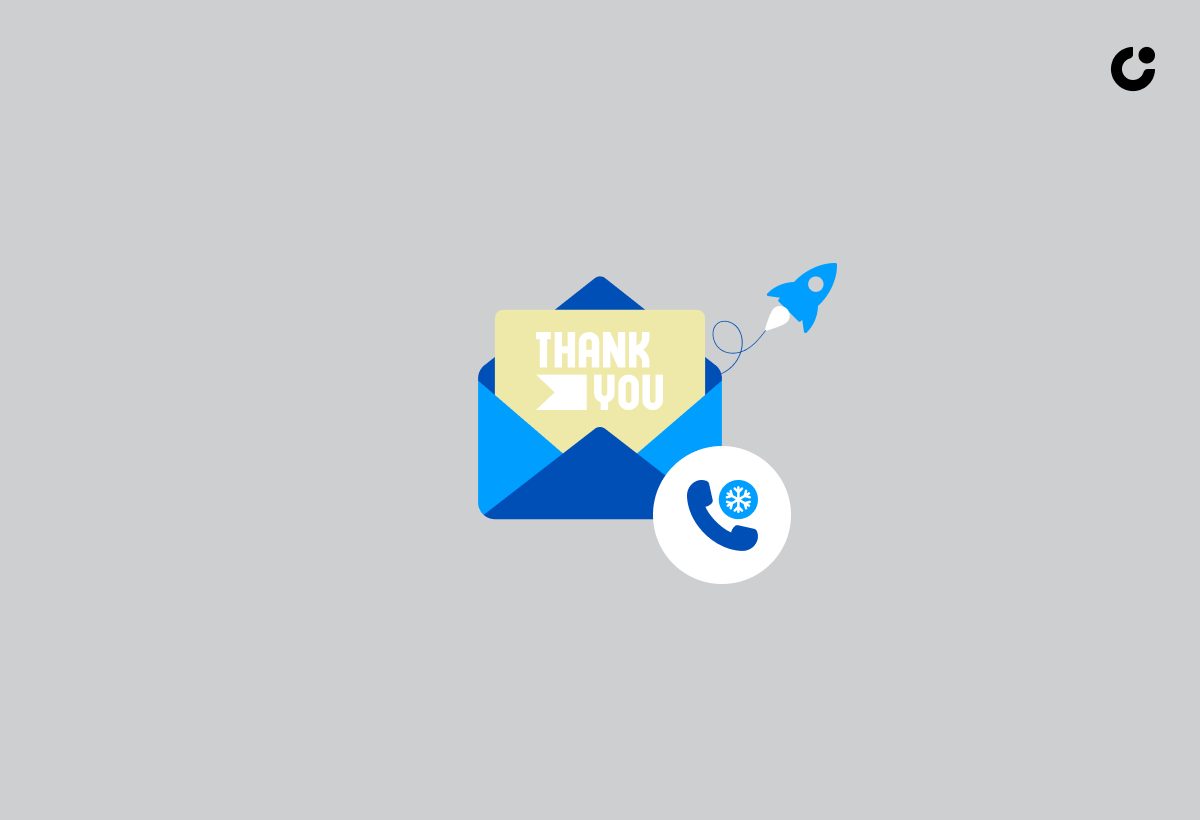Have you ever wondered how to transform a cold call into a potential sales opportunity? The answer lies in the art of crafting an impactful thank you email after cold call. A well-executed follow-up email can boost your sales success and build a strong professional relationship. Let’s explore how to create personalized and effective thank you emails that will leave a lasting impression on your prospects.
Key Takeaways
- Craft a professional and engaging thank you email post-cold call for maximum impact.
- Personalize follow up emails to reflect the prospect’s interests and needs, while avoiding common mistakes such as using overly sophisticated phrases.
- Utilize CRM systems to track customer communication records, emails, phone calls etc., in order to improve sales success.
The Art of the Thank You Email Post-Cold Call
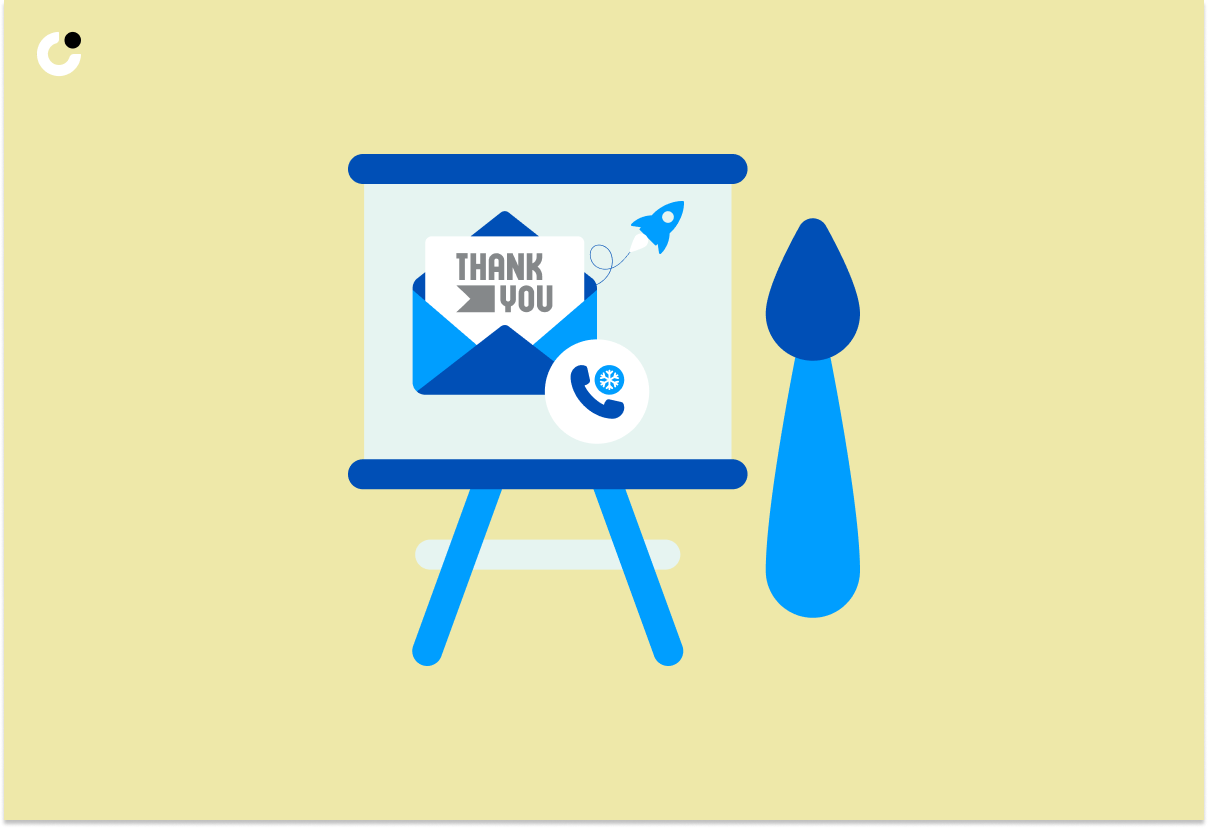
A follow-up email serves as a bridge between your cold call and potential sales opportunity. It’s a chance to demonstrate your genuine interest in the prospect and reinforce the topics discussed during the call. Adopting a professional tone and crafting an engaging subject line can enhance the chances of your follow-up email being read and well-received.
For your message to be impactful, concentrate on the structure, content, and context of your thank you email. A well-structured email can facilitate a smooth flow of information, making it easier for the recipient to understand your message and respond accordingly.
We’ll examine how to craft engaging subject lines and structure your message for optimal impact.
Crafting the Perfect Subject Line
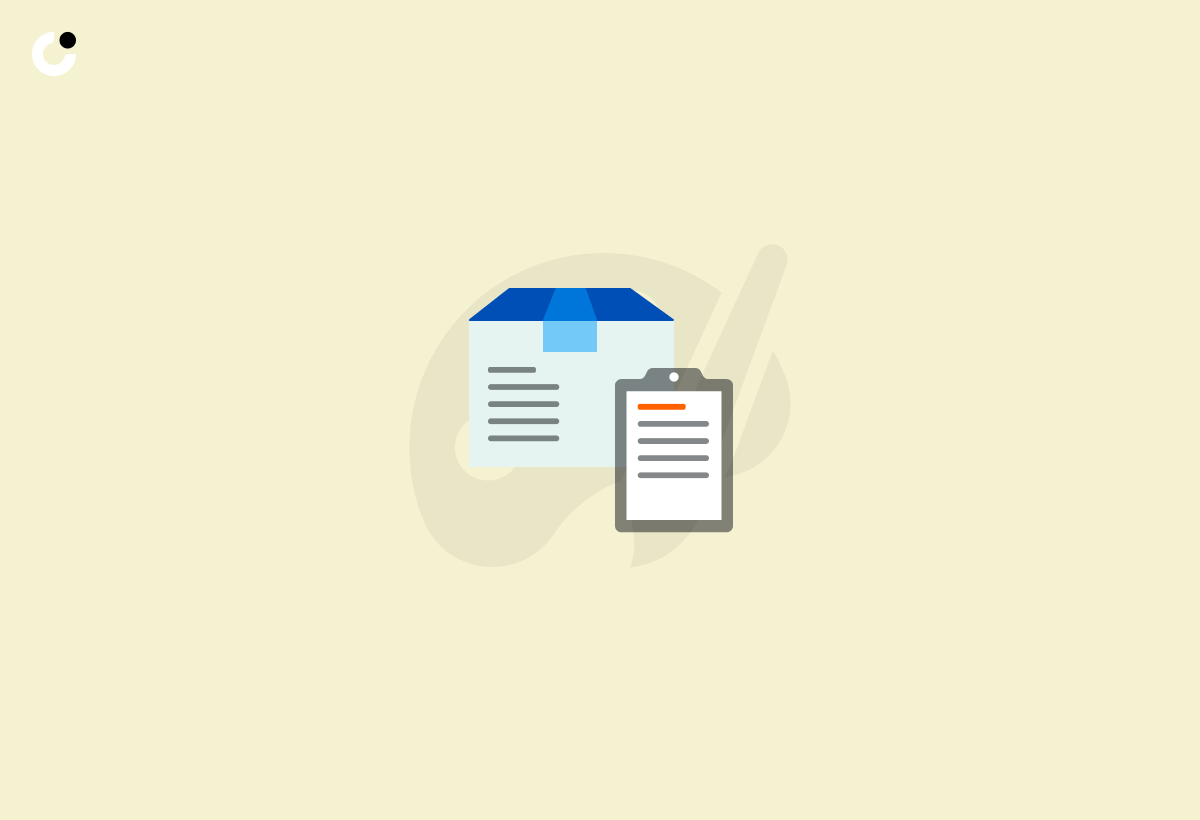
The first thing the recipient sees is the subject line of your thank you email, which plays a key role in grabbing their attention. An engaging subject line can make the difference between your email being opened or ignored. To create an impactful subject line, keep it concise, relevant, and tailored to the specific conversation you had during the sales meeting.
Avoid generic phrases and focus on personalizing the subject line to demonstrate that your email is tailored to the recipient’s needs and interests. For instance, if you discussed a specific challenge the prospect is facing during the call, reference that challenge in the relevant subject line to show that your email is valuable.
Structuring Your Message for Impact
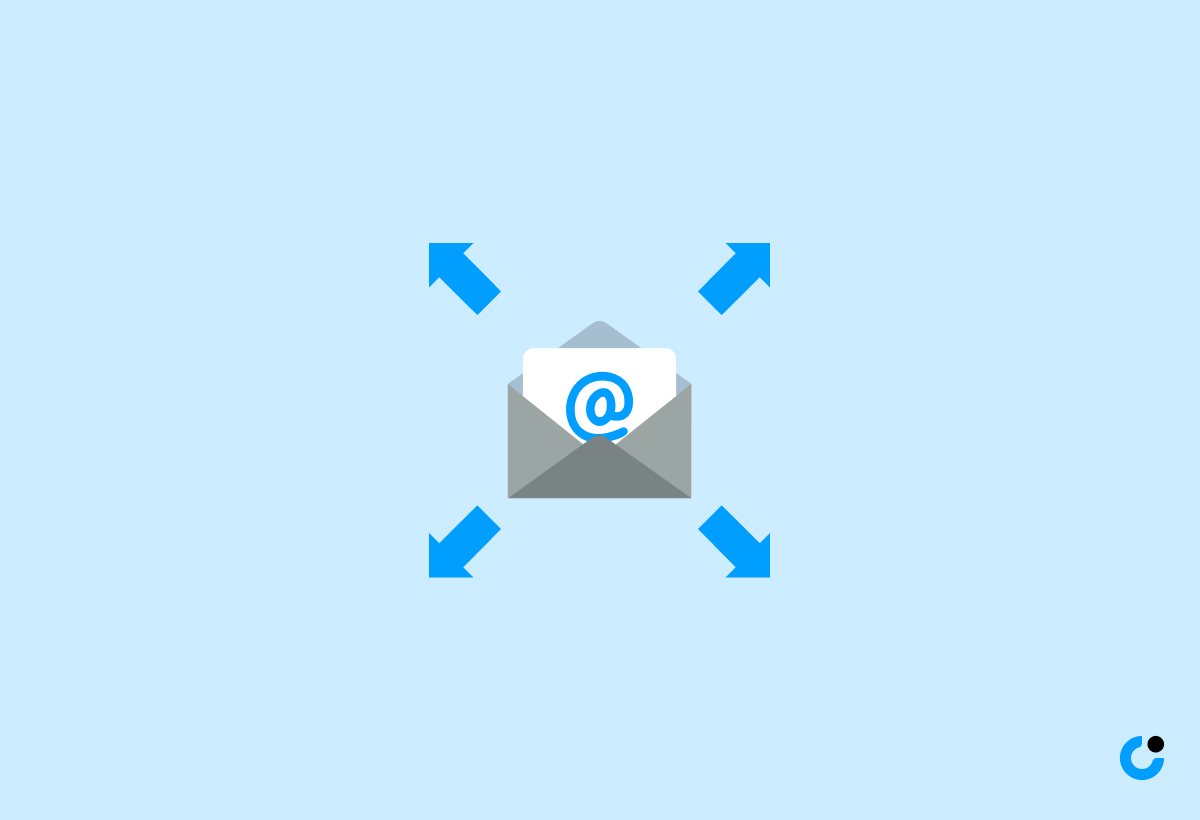
An effective thank you email should be easy to read, concise, and focused on the prospect’s needs. Start by recapping the main points of your conversation and highlighting any agreements made during the call. This ensures that both parties are on the same page and sets the stage for further engagement.
Incorporate a clear call to action in your email, encouraging the recipient to take the next step in the sales process, whether it’s scheduling a follow-up business meeting or providing feedback on a proposal. By structuring your message for impact, you demonstrate your professionalism and commitment to addressing the prospect’s needs, increasing the likelihood of a positive outcome.
Timing Your Thank You: When to Hit Send
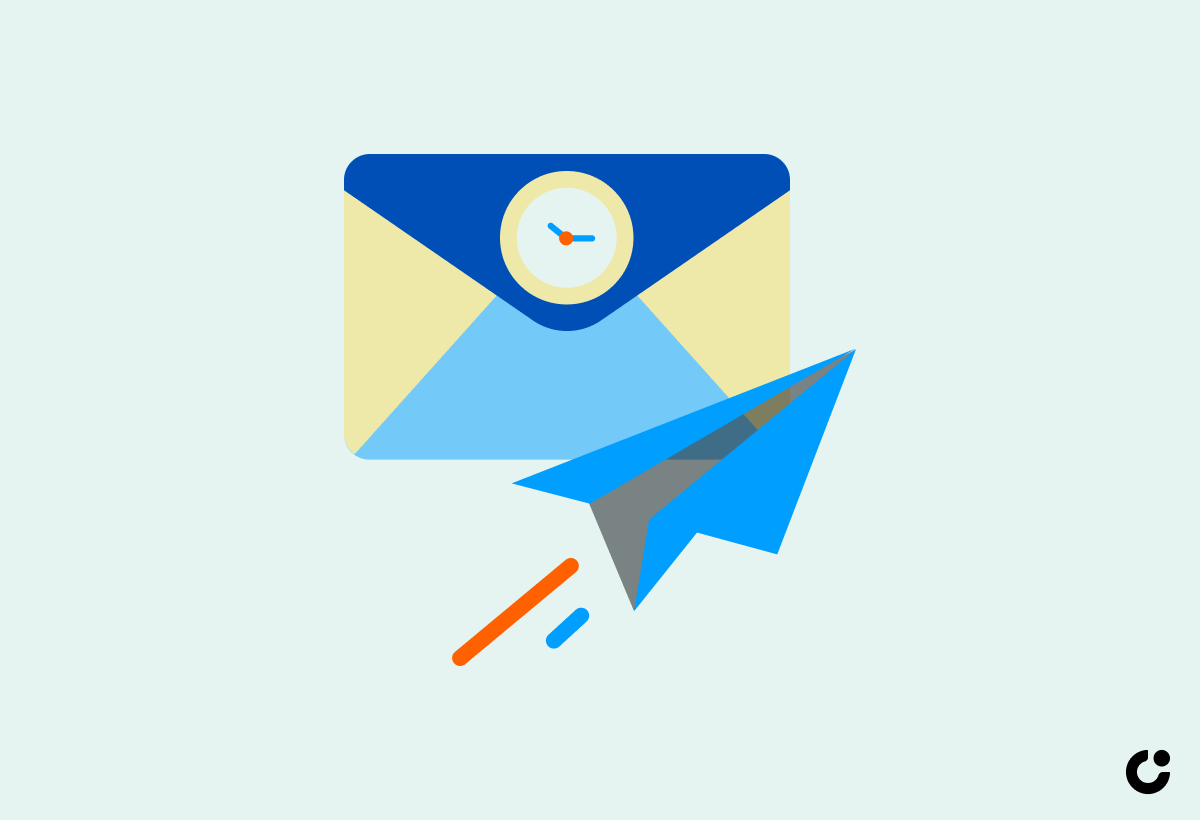
The timing of your thank you email can significantly impact its effectiveness. Sending your email too soon may come across as overeager, while waiting too long can give the impression that you’re not genuinely interested. It’s generally recommended to send your thank you email within one to three days of the meeting. This allows you to express your gratitude and strike while the iron is hot, ensuring that your message is relevant and timely.
Mindfulness of the prospect’s schedule is important while planning your follow-up. Avoid sending emails during busy periods or outside working hours, as this may decrease the likelihood of your email being read. By sending your thank you email at the right time, you demonstrate your professionalism and respect for the prospect’s time.
Personalization: Making Your Follow Up Stand Out

To ensure your follow-up email resonates with the recipient and stands out among generic messages, personalization is important. By tailoring your message to the prospect’s specific needs and interests, you demonstrate your commitment to helping them succeed and create a lasting impression.
To personalize your follow-up email, start by reflecting on the previous conversation and incorporating relevant details. Then, tailor the content of your email to align with the prospect’s interests, showcasing your understanding of their unique needs and challenges.
We’ll examine strategies for reflecting upon the prior conversation and customizing content to suit the prospect’s interests.
Reflecting on the Previous Conversation
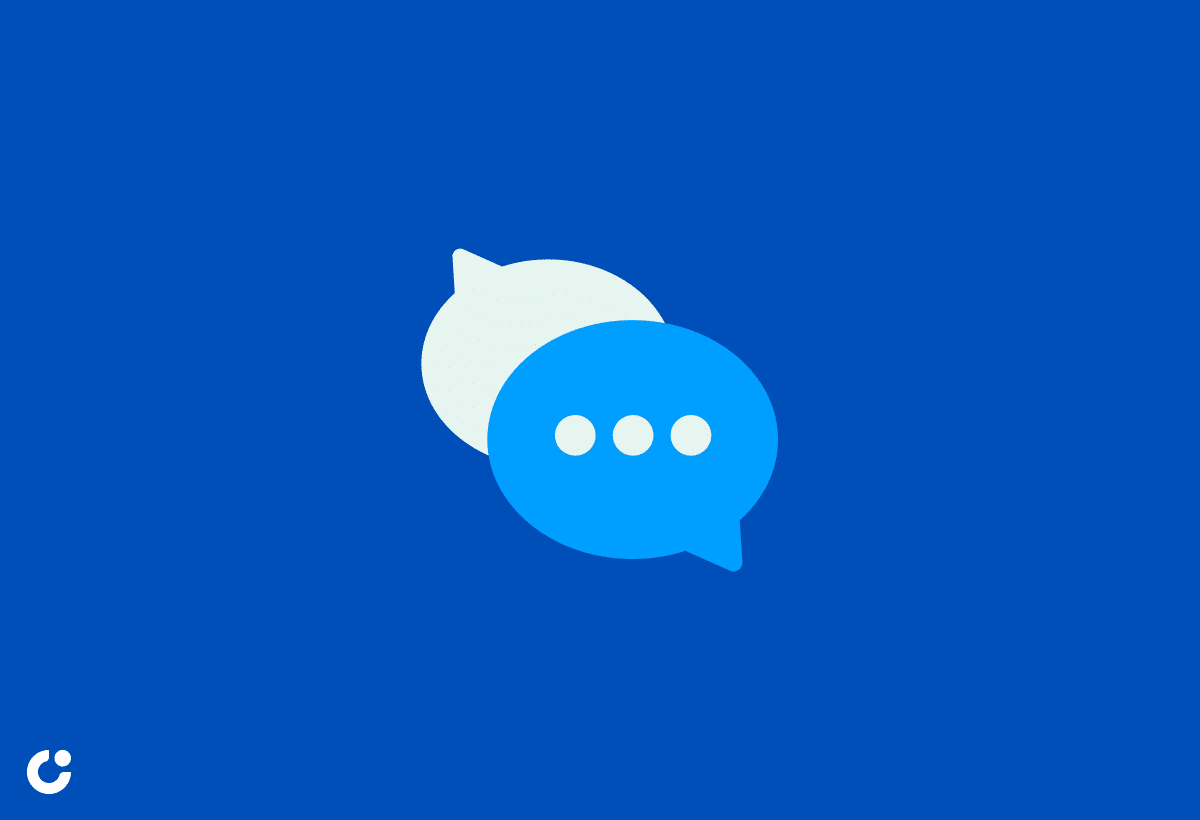
Incorporating details from your cold call into your follow-up email is an effective way to demonstrate your attentiveness and build rapport with your prospect. By referencing specific points from the conversation, you show that you were engaged and committed to understanding their needs.
To effectively reference the previous conversation, start by greeting the recipient with their name and mentioning any relevant details you are aware of regarding them or their organization. Providing context by referring to your prior communication can help ensure continuity and make it easier for the recipient to recall the conversation and respond to your message.
Tailoring Content to Prospect's Interests

Customizing the content of your follow-up email to align with the prospect’s interests and needs can significantly improve its effectiveness and impact. To tailor your email content, you can:
- Research your prospect’s interests by reviewing prior interactions.
- Examine their social media profiles to gather more information.
- Search for industry-related articles or publications that feature them.
By taking these steps, you can create a more personalized and engaging follow-up email.
By crafting your follow-up email with the prospect’s interests in mind, you demonstrate your understanding of their unique needs and challenges, increasing the likelihood of their engagement with you and consideration of your sales offer.
The Essentials of a Professional Follow Up Email
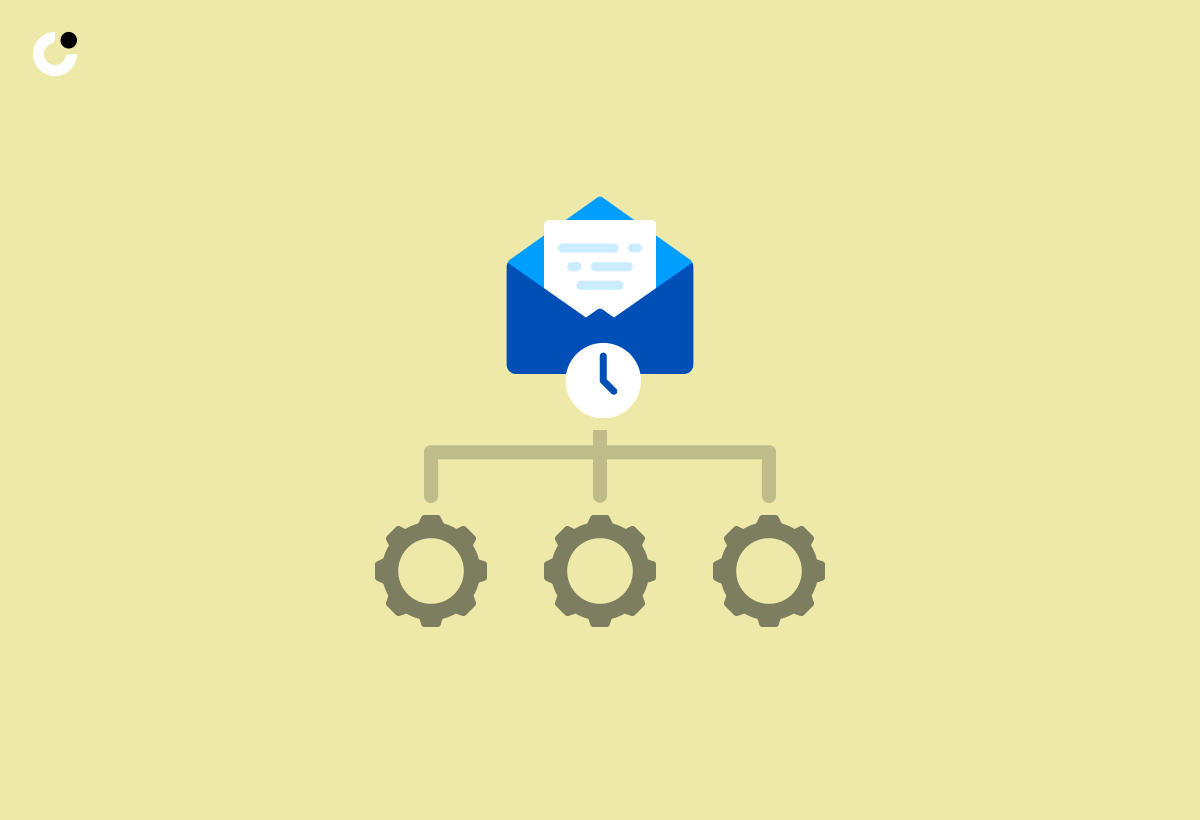
There are several key elements to a professional and effective follow-up email after a follow up call. First and foremost, the email should recap the main points of the conversation and highlight any agreements made during the call. Additionally, providing any shared information or documents via links or attachments can make it easy for the recipient to reference and engage with your message further.
Expressing gratitude with elegance, providing additional value, and avoiding common pitfalls are also essential components of a successful follow-up email. Let’s explore these elements in greater detail.
Expressing Gratitude with Elegance
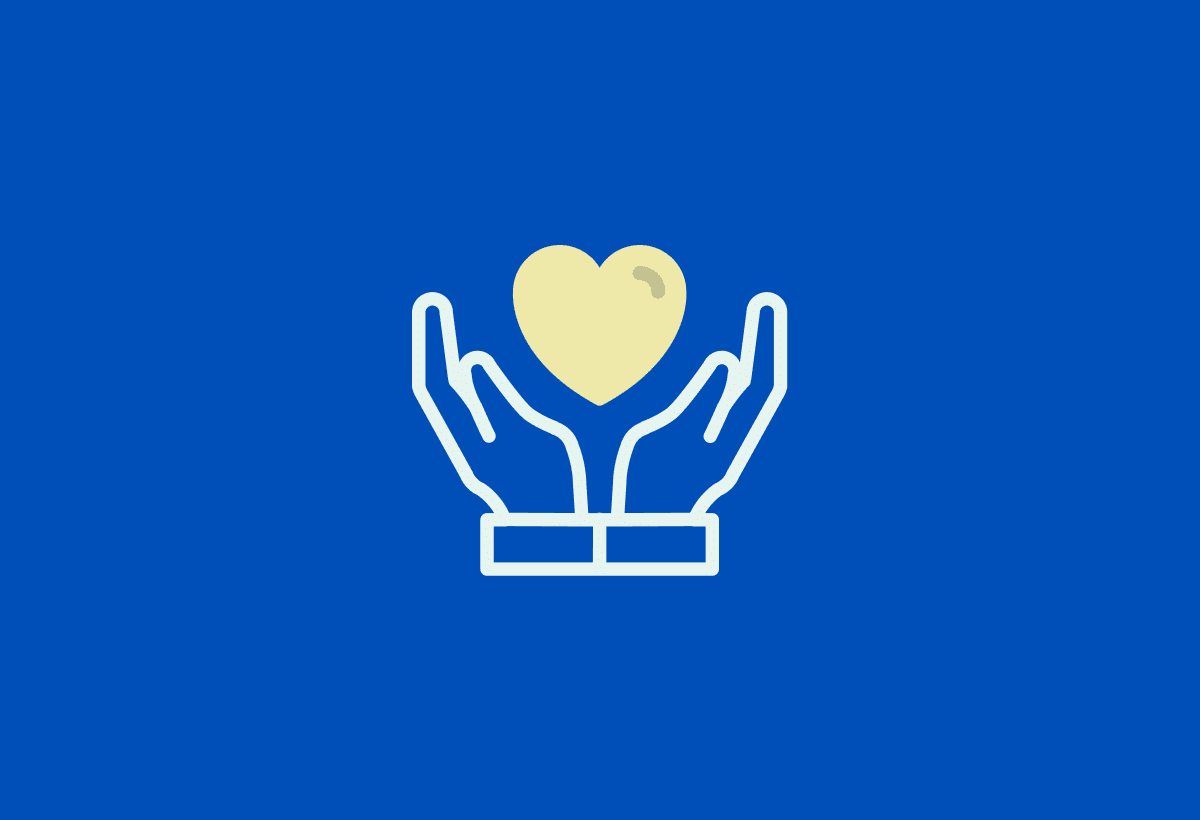
A well-crafted thank you email should convey genuine appreciation for the prospect’s time and consideration. By expressing gratitude with elegance, you foster a positive impression and set the tone for future interactions. To achieve this, it’s essential to write a thank you email that is both sincere and professional.
To express gratitude effectively, use polite and professional language that demonstrates your appreciation without being overly effusive or insincere. Phrases such as “Thank you for your time,” “I appreciate your insights,” or “I’m grateful for your assistance” can effectively convey your gratitude while maintaining a professional tone.
Providing Additional Value
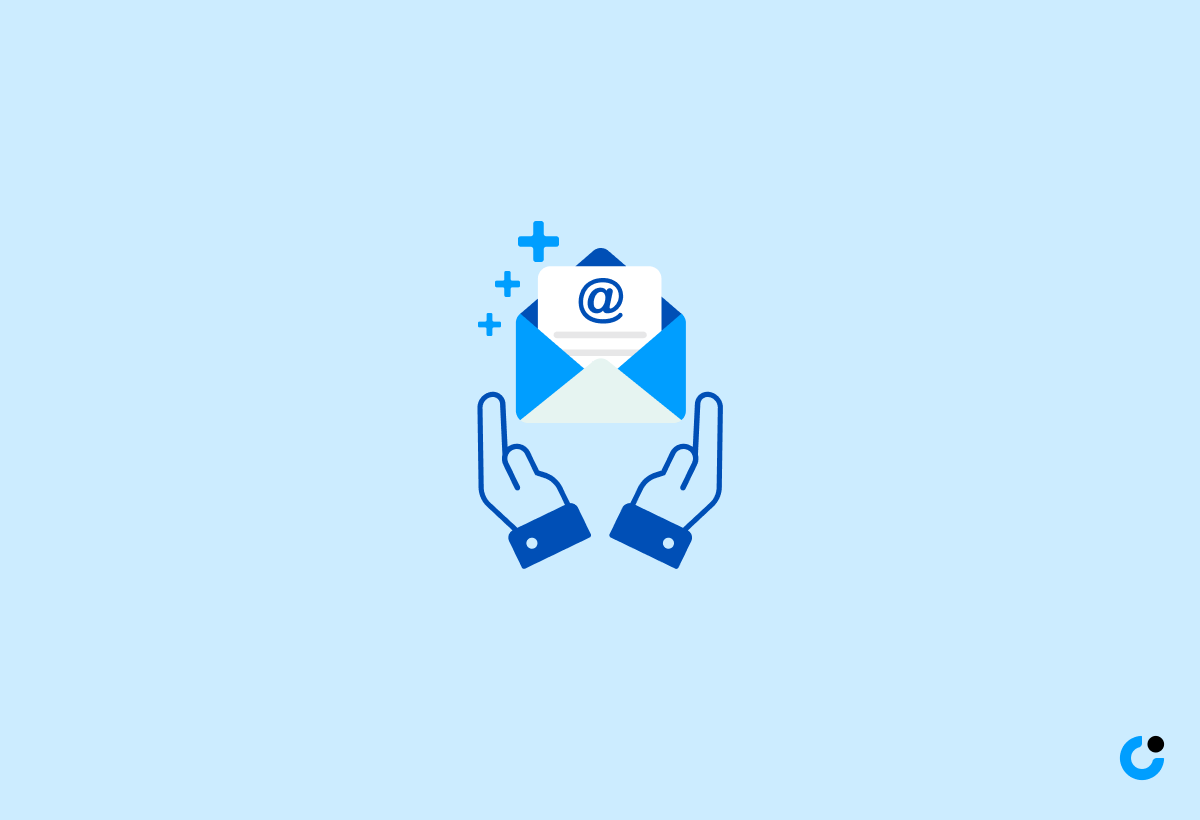
One of the most impactful ways to strengthen the relationship with your prospect is by offering additional value in your follow-up email. This can be achieved by sharing relevant resources, offering assistance, or providing insights that demonstrate your commitment to their success.
To provide additional value, start by identifying the prospect’s needs and challenges and offering solutions or resources to address those issues. By showcasing your expertise and willingness to help, you not only strengthen the relationship but also increase the likelihood of the prospect considering your sales offer.
Avoiding Common Pitfalls in Follow Up Emails
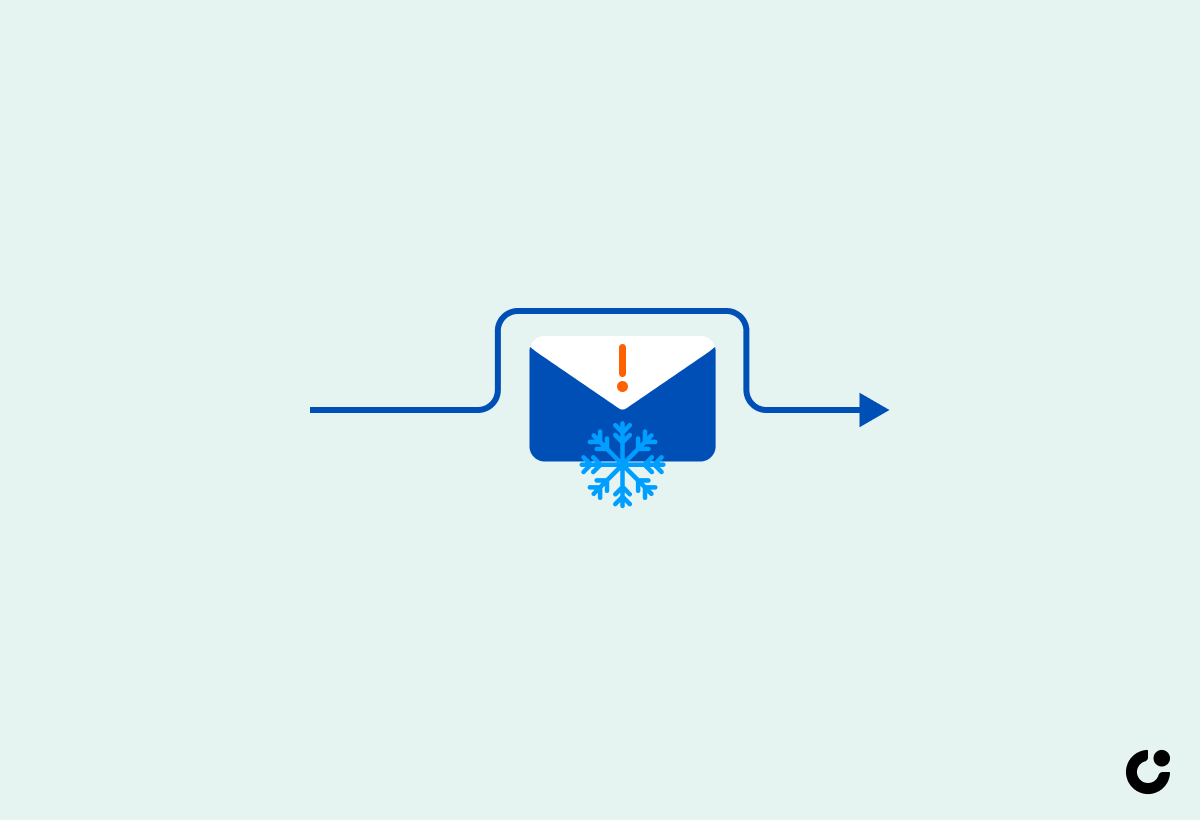
Being aware of common pitfalls that can impede your message’s effectiveness is important when crafting a thank you email. Overlooking these issues may result in a loss of connection with potential customers and harm your credibility.
Some common mistakes to avoid include using overly sophisticated phrases that can confuse or alienate the reader and neglecting to double-check details in your email, resulting in inaccuracies that can damage your professionalism. We’ll further discuss these pitfalls and methods to avoid them.
Steering Clear of Overly Sophisticated Phrases
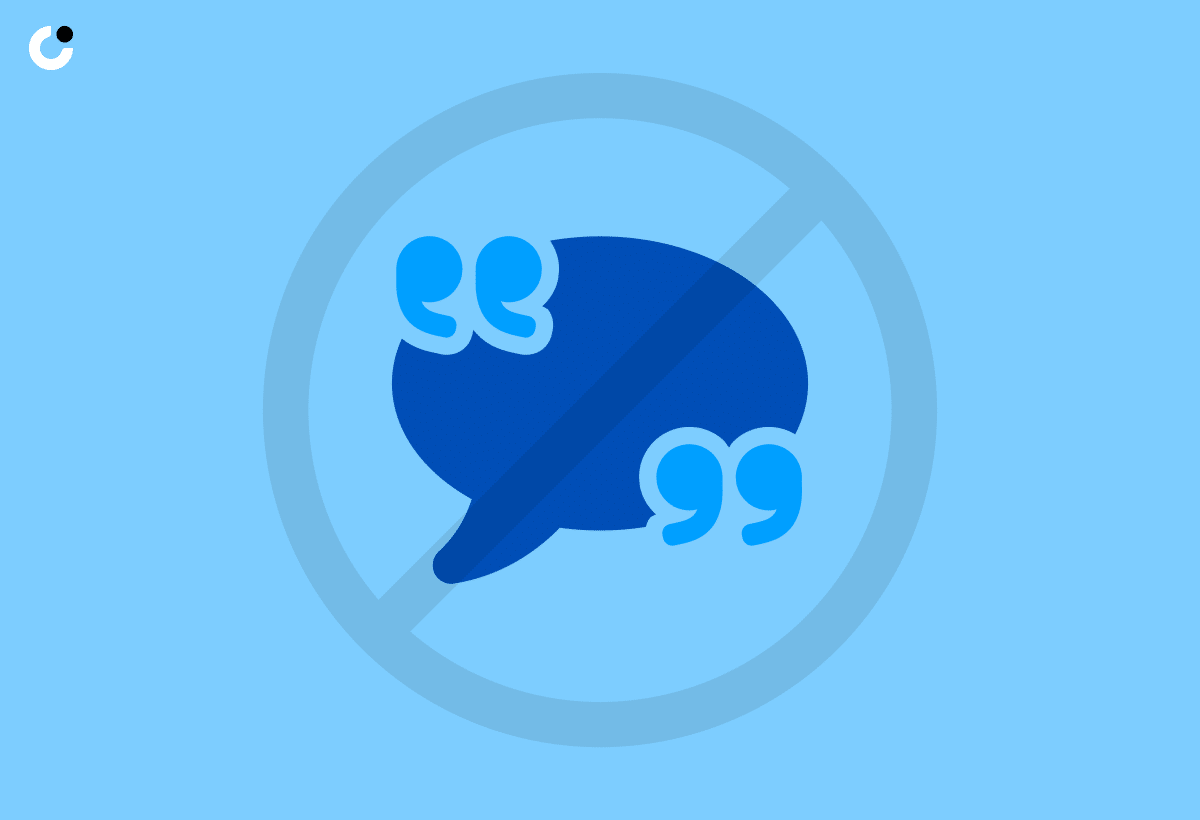
Using clear and concise language in your follow-up email is vital to ensure your message is easily understood and well-received. Overly sophisticated phrases or jargon can be confusing and may create barriers to communication.
To maintain clarity and simplicity in your email, stick to the point and avoid complex language or industry-specific terms that may not be familiar to your prospect. A clear and concise message will make it easier for the recipient to engage with your email and respond effectively.
Ensuring Accuracy in Details
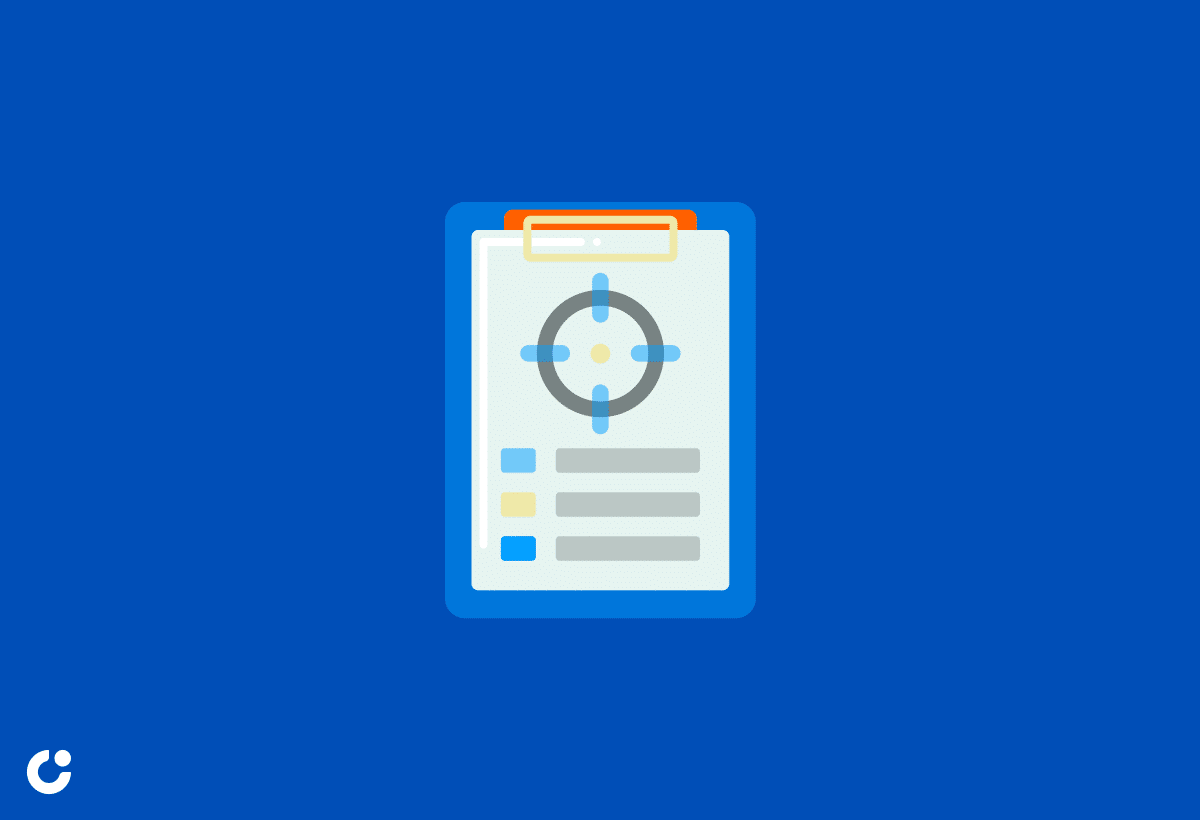
Maintaining accuracy in the details of your follow-up email is crucial for upholding professionalism and credibility. Inaccurate information can not only damage your reputation but also lead to misunderstandings and misinterpretations.
To ensure accuracy in your email, double-check all details, such as names, dates, and figures, before hitting send. Taking the time to proofread your email can help you avoid embarrassing errors and maintain a professional image.
Effective Follow Up Email Templates
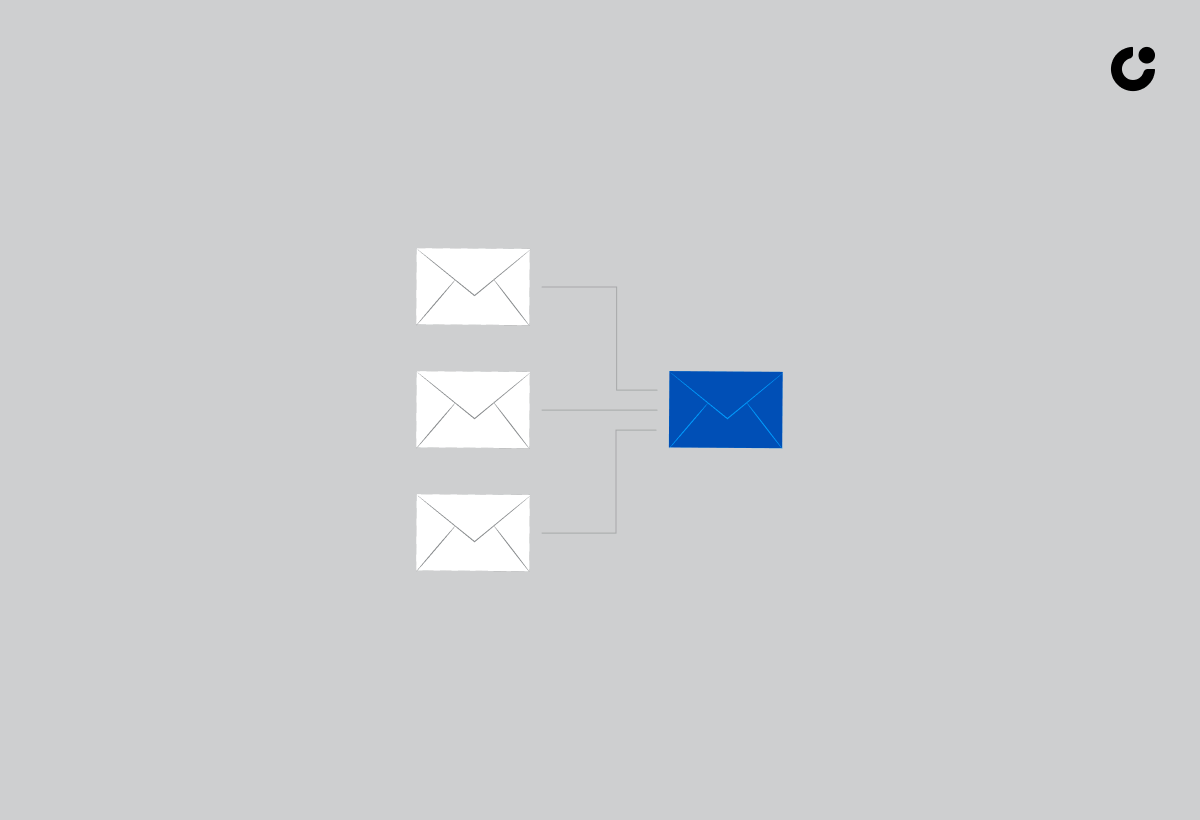
While crafting a personalized follow-up email is essential, having a set of ready-to-use templates can save time and ensure consistency in your communications. These templates can be easily adapted to suit various scenarios, helping you create impactful thank you emails after cold calls.
Template for Reiterating Interest
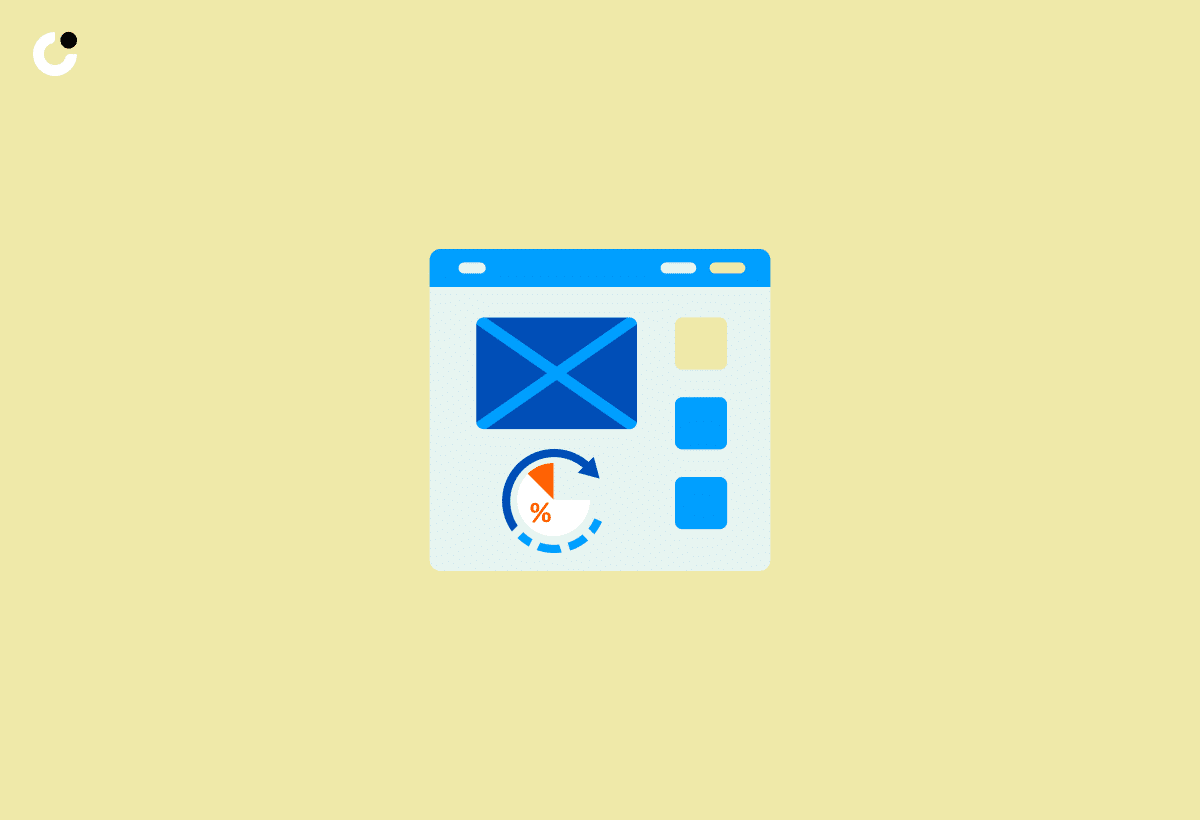
A template for reiterating interest after a job interview can help you summarize the conversation and convey your enthusiasm for working with the prospect. This template should focus on recapping the main points of your conversation, emphasizing your qualifications, and expressing gratitude for their time.
Subject: Follow-up on Our Conversation - [Prospect’s Name], Next Meeting, and the Follow Up Message
Dear [Prospect’s Name],
As a potential customer and prospective client, we appreciate your interest in our products and services.
I really appreciate you giving up time to talk about [Topic] with me today. Thank you for your help! I enjoyed our conversation and found your insights on [Specific Point] particularly interesting. I believe that my [Skills/Experience/Qualities] align well with your needs, and I’m excited about the possibility of working together.
Please let me know if you have any questions or if there’s any additional information you’d like me to provide. I look forward to our next conversation.
Best regards,
[Your Name]
Template for Offering Help or Resources
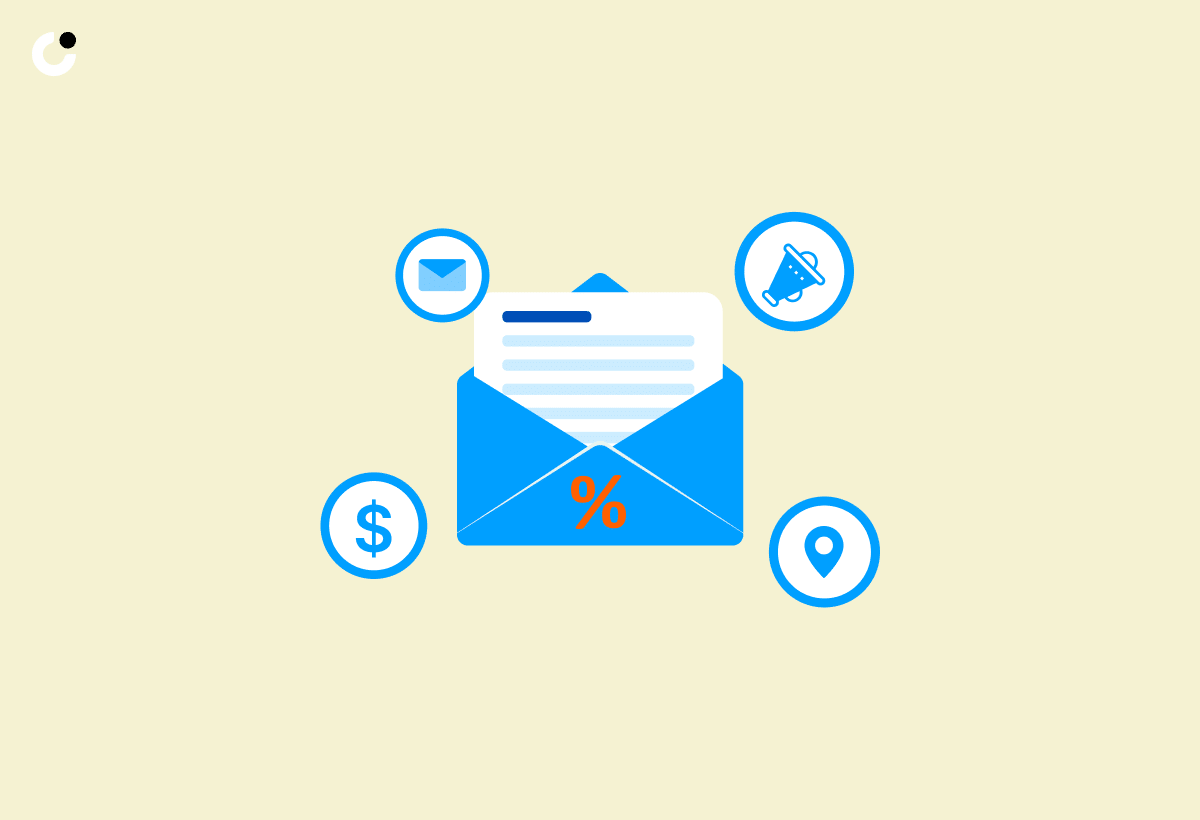
Offering help or resources in your follow-up email demonstrates your commitment to the prospect’s success. This template should focus on the prospect’s needs and challenges, providing solutions or resources to address those issues.
Subject: [Prospect’s Name], Here’s the [Resource] We Discussed
Dear [Prospect’s Name],
I hope this email finds you well. Following our conversation about [Topic], I wanted to share the [Resource] we discussed. I believe this [Resource] can help address the challenges you’re facing with [Specific Issue] and contribute to your success.
If you have any questions or need further assistance, please don’t hesitate to reach out. I’m here to help.
Best regards,
[Your Name]
Nurturing the Relationship Beyond the Thank You Email
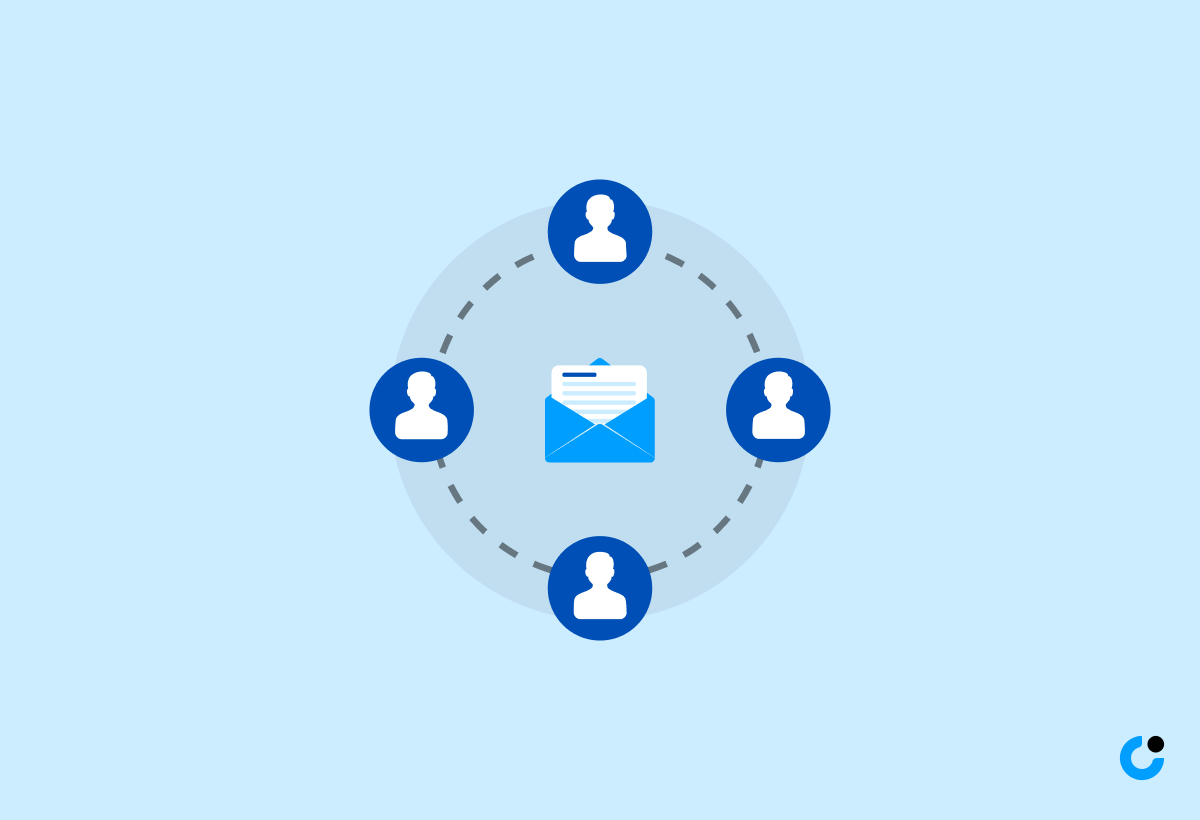
A single thank you email is just the beginning of your relationship with the prospect. Maintaining and nurturing this relationship requires staying connected and engaged beyond the initial follow-up email. Here are some strategies to help you build a lasting professional relationship:
- Schedule future follow-ups to stay on the prospect’s radar and continue the conversation.
- Offer support and resources that are relevant to the prospect’s needs and interests.
- Track your communications to ensure you’re staying consistent and providing value. By implementing these strategies, you can build a lasting professional relationship that may lead to new sales opportunities.
We’ll examine strategies for planning the subsequent follow-up and using CRM systems for effective tracking.
Scheduling and planning future follow-ups are crucial for staying connected with your prospect and ensuring that they remain engaged with your sales process, even with a busy schedule. Establish clear expectations and timelines during your initial conversation and schedule the next follow-up while the prospect is still attentive.
When planning your follow-ups, consider factors such as the prospect’s schedule, the urgency of their needs, and the level of interest they demonstrated during the initial conversation. By tailoring your follow-ups to the prospect’s preferences and circumstances, you can maintain a strong connection and increase the likelihood of a successful sales outcome.
Utilizing CRM Systems for Efficient Tracking
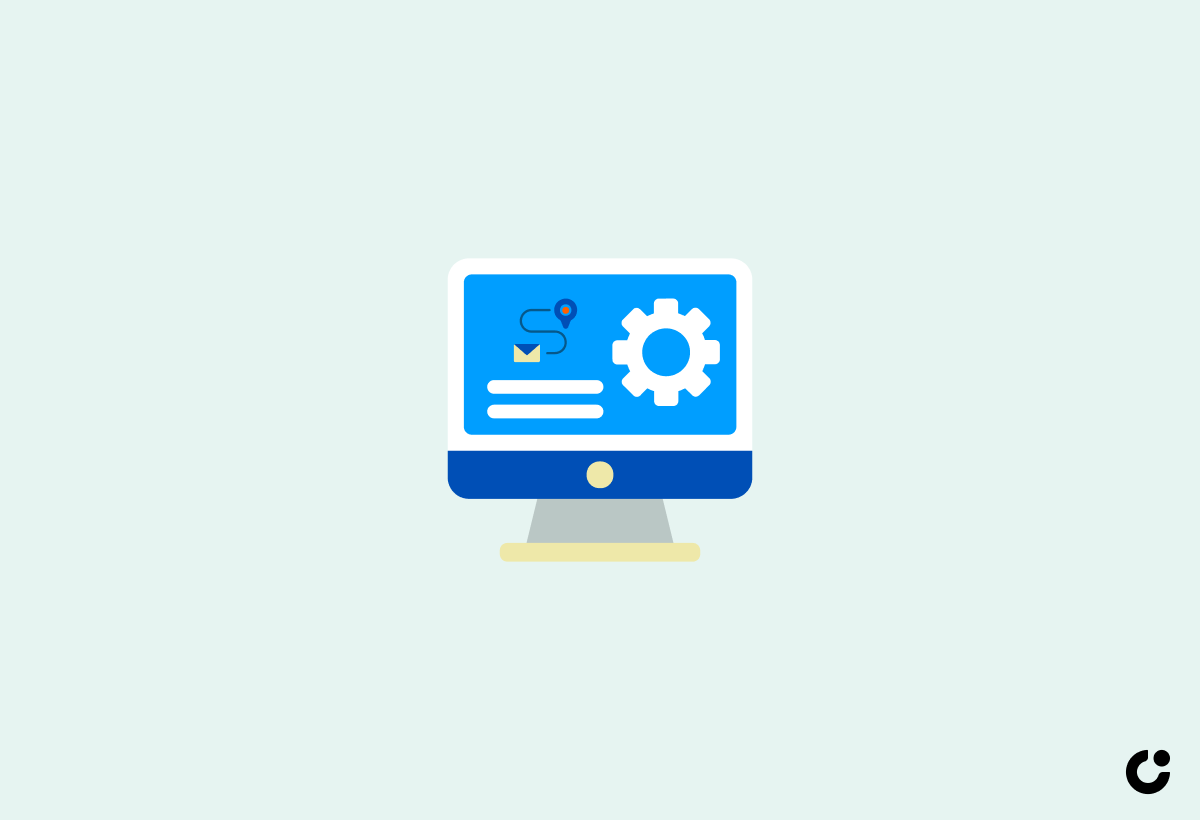
CRM systems can be instrumental in effectively tracking and managing your follow-up communications. By centralizing all customer-related information, such as contact details, purchase history, and communication records, a CRM system allows you to easily log and monitor all emails, phone calls, appointments, notes, and follow-up items related to a client or lead.
Utilizing a CRM system can help you stay organized, ensure that no follow-up communication is overlooked, and provide easy access to the context needed for personalizing your interactions. By adopting a CRM system, you can streamline your sales process, improve customer relationship management, and ultimately drive sales success.
Summary
Crafting an impactful thank you email after a cold call is essential for boosting your sales follow-up success. By focusing on personalization, timing, and professionalism, you can create a lasting impression on your prospects and nurture valuable business relationships. Implement the strategies and templates discussed in this blog post to master the art of the thank you email and unlock new sales opportunities.
Frequently Asked Questions
What is the ideal timeline for sending a thank you email?
For an ideal timeline, it is recommended to send a thank you email within one to three days of the meeting.
How can I personalize my follow-up email?
Focus on the individual, referencing the conversation and personalizing the content to their needs. Use a professional tone and keep the content concise and to-the-point, without introducing unnecessary information or language.
What are the key elements of a professional follow-up email?
A professional follow-up email should recap the main points, provide additional value, and avoid common mistakes in order to be effective.
What should I avoid in my follow-up email?
Avoid overly sophisticated phrases, inaccuracies in details, unnecessary introductions and summaries, and maintain a professional tone to ensure credibility.
How can I use CRM systems to track and manage my follow-up communications?
CRM systems can be used to effectively centralize and log interactions with customers and leads, providing the ability to easily track and manage follow-up communications.

